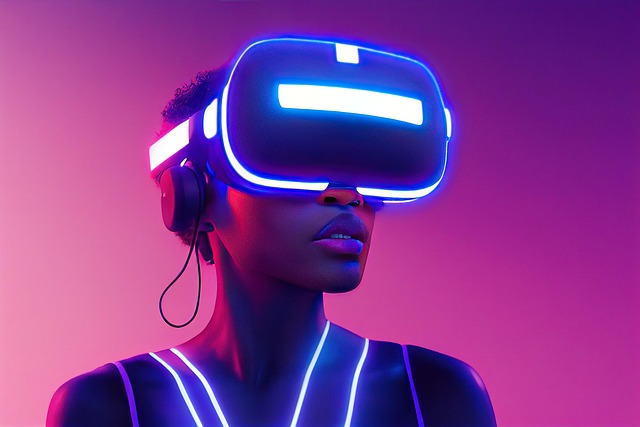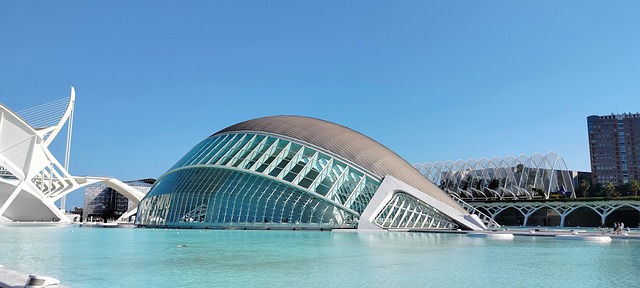The concept of immersive buildings is rapidly evolving, propelled by the remarkable advancements in technology. These structures are no longer just physical spaces; they are becoming experiences that engage our senses and emotions through the integration of Virtual Reality (VR) and Augmented Reality (AR). As we step into the future, the metaverse promises to redefine our interactions with our environments, blurring the lines between the digital and the physical world.
Virtual reality invites us into a completely immersive digital realm, allowing architects and designers to craft spaces that transcend traditional boundaries. Imagine walking through a building before it’s even constructed, envisioning every detail—from the textures of the walls to the play of light through the windows. With VR, stakeholders can visualize projects, provide feedback in real-time, and alter designs instantaneously. This level of engagement ensures that the final product is not just a structure but a space that resonates with its users.
On the other hand, augmented reality enriches our physical environment by overlaying digital enhancements onto our existing surroundings. In the context of immersive buildings, AR can serve as a powerful tool for interaction and personalization. Visitors may use their smartphones or AR glasses to receive information about a space as they explore it. For instance, pointing a device at a piece of art may reveal its history, while interactions with architectural features could provide insights into sustainable design practices incorporated within the building. This fusion of digital and physical information transforms our understanding of spaces, making the experience more intimate and educational.
Furthermore, the metaverse represents the ultimate culmination of these technologies, creating a parallel universe where immersive buildings can exist beyond our physical realities. Picture a community where individuals can gather in a virtual environment designed to look like a futuristic city or a historical landmark. In these spaces, users can interact, collaborate, and socialize through avatars, enhancing both creativity and connection. The metaverse opens doors to innovative experiences in architecture and design, challenging us to imagine what our buildings could look like and how they could function in a multi-layered reality.
Moreover, integrating immersive buildings with sustainable practices is becoming increasingly important. With VR and AR, architects can model energy efficiency, explore eco-friendly materials, and visualize the long-term impacts of their designs. This not only helps in creating spaces that are responsive to the environment but also ensures that they inspire future generations to value sustainability within the immersive experiences they offer.
As we traverse this exciting frontier of immersive buildings, it becomes clear that the integration of virtual reality, augmented reality, and the metaverse is more than just a passing trend—it’s a paradigm shift. The future of architecture lies in our ability to create spaces that are not only beautiful and functional but also deeply engaging and meaningful. By harnessing these technologies, we can push the boundaries of design, making our environments not just places we inhabit but experiences we cherish.



